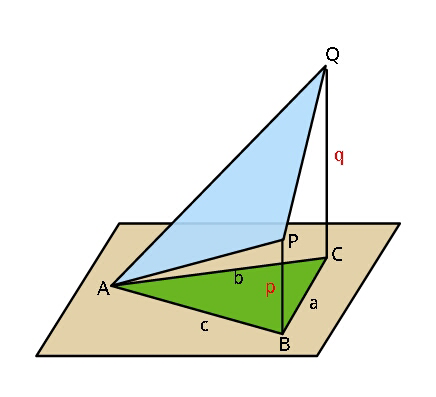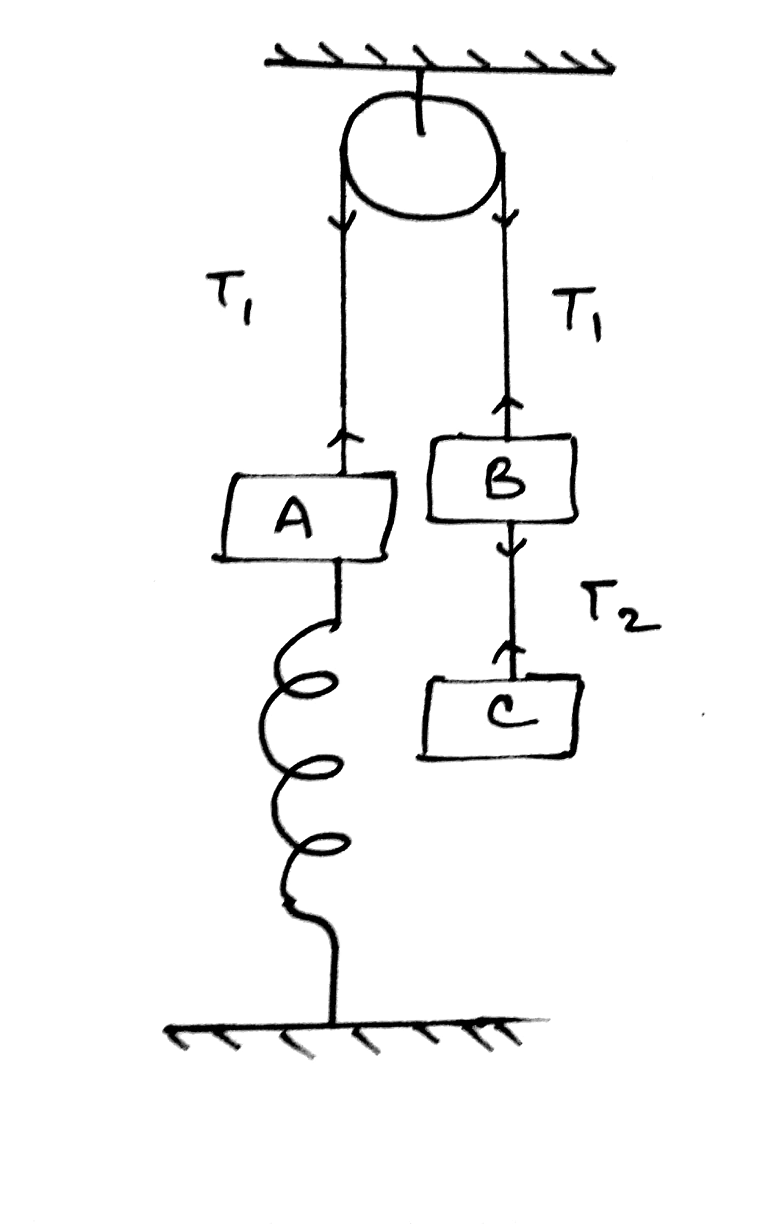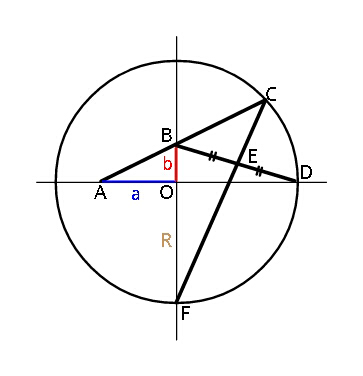
AllQuestion and Answers: Page 1687
Question Number 39700 Answers: 0 Comments: 1
Question Number 39699 Answers: 0 Comments: 5
Question Number 39696 Answers: 1 Comments: 3

Question Number 39695 Answers: 0 Comments: 4
Question Number 39689 Answers: 1 Comments: 2
Question Number 39949 Answers: 2 Comments: 1
Question Number 39678 Answers: 1 Comments: 1

Question Number 39671 Answers: 1 Comments: 0
Question Number 39666 Answers: 1 Comments: 1

Question Number 39669 Answers: 1 Comments: 0

Question Number 39660 Answers: 0 Comments: 2
Question Number 39655 Answers: 1 Comments: 1

Question Number 39727 Answers: 0 Comments: 1
Question Number 39651 Answers: 1 Comments: 0
Question Number 39650 Answers: 1 Comments: 0
Question Number 39649 Answers: 1 Comments: 1

Question Number 39640 Answers: 1 Comments: 0
Question Number 39639 Answers: 1 Comments: 0

Question Number 39638 Answers: 1 Comments: 0

Question Number 39636 Answers: 1 Comments: 0
Question Number 39635 Answers: 1 Comments: 1
Question Number 39633 Answers: 0 Comments: 3
Question Number 39632 Answers: 0 Comments: 0
Question Number 39631 Answers: 0 Comments: 0
Question Number 39626 Answers: 2 Comments: 1

Question Number 39623 Answers: 0 Comments: 0
Pg 1682 Pg 1683 Pg 1684 Pg 1685 Pg 1686 Pg 1687 Pg 1688 Pg 1689 Pg 1690 Pg 1691
